Overview
This document describes the requirements and procedures for importing Paper orders into Timestone Software via a CSV text file. It assumes the user is either working directly with SQL jobs or if working in TNJ files, the TNJ files will eventually be imported into SQL.
Essentially, the text file contains Package Codes as defined for an Offer in tsAdmin. With an offer set for the job, the package codes are resolved into their constituent products and the print queue automatically built.
Key points
Import orders for subjects via a CSV file
Print queues automatically built
Can be imported along with other subject data or independently
Supported apps
Orders can be imported into any of the Timestone applications supporting Details Mode.
Text file requirements
The text file should be saved as a comma separated value (csv) file. A minimum of two fields (columns) are required - the subject's unique field (ID) along with a field containing the package code being ordered for the subject
At it’s simplest the csv file contains just two fields:
the subject’s unique field (Id)
the package code
The unique field (usually the ID) is the field with data that uniquely defines a subject. Two different subjects cannot have the same unique field value.
Having the unique field in the text file, ensures the correct order goes to the correct subject.
The package is defined in the Timestone Administrator (tsAdmin) and can comprise one or more products where products are the "things" you sell - prints, groups, mugs etc.
Packages themselves belong to an offer where an offer can be considered as an order sheet ("Here are the packages I offer you").
Jobs are then assigned an offer in File>Properties.
More information on offers, packages and products is available here:
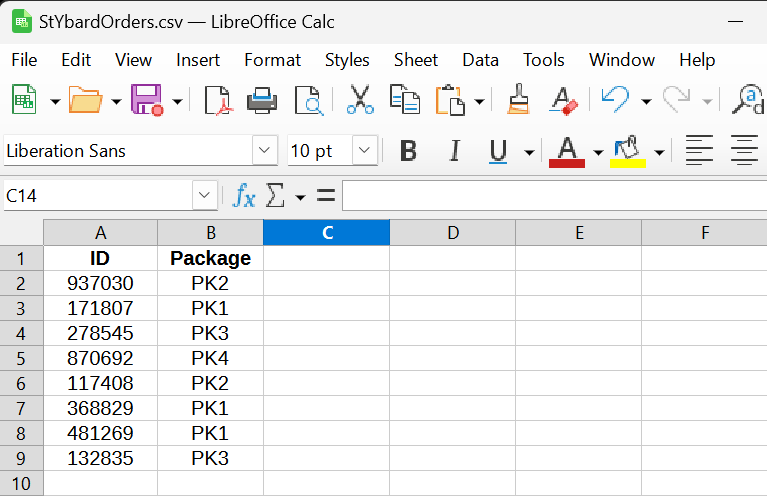
Figure 1: A simple csv file with the two essential fields.
Importing the text file
The csv file is imported in Details Mode via File>Import text file or with the Control-T keyboard shortcut. The Import details window is presented where the user can preview the data and map the fields.
Understanding field mapping
The process of mapping fields is needed to 'tell' the software what sort of data is in each column.
In the simple text file presented above, there are two column types:
Subject data - the ID field
Order data - the Package field
With this in mind, mapping the fields is a matter of selecting a column, selecting its data type and selecting or setting the options for that data type as applicable.
Field mapping only needs to be done once for a csv file of a given structure (same columns in the same order with the same title line). The software thereafter remembers the mapping, eliminating the need to map the fields with subsequent imports.
Mapping the ID field
The screen grab below shows the mapping of the ID field. Note the ID column is selected and is Subject data. The sub-option 'Column uniquely identifies the subject' is also checked since the ID is the subject's unique field. Finally the column is mapped to the subject field, ID.
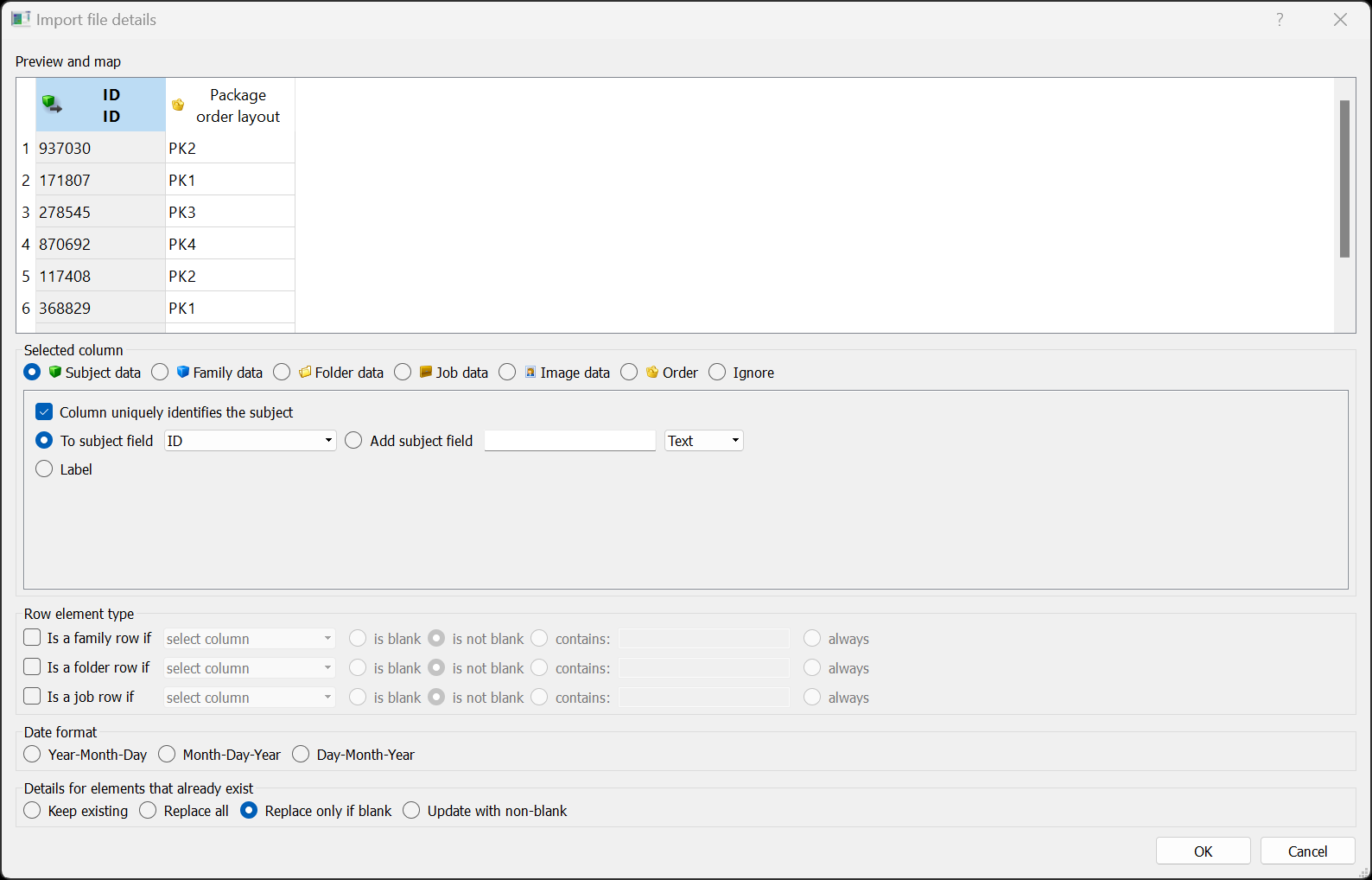
Figure 2: Mapping the ID field.
Mapping the Package field
The screen grab below shows the mapping of the Package column. The column is now of type 'Order'. The queue format is 'layout'
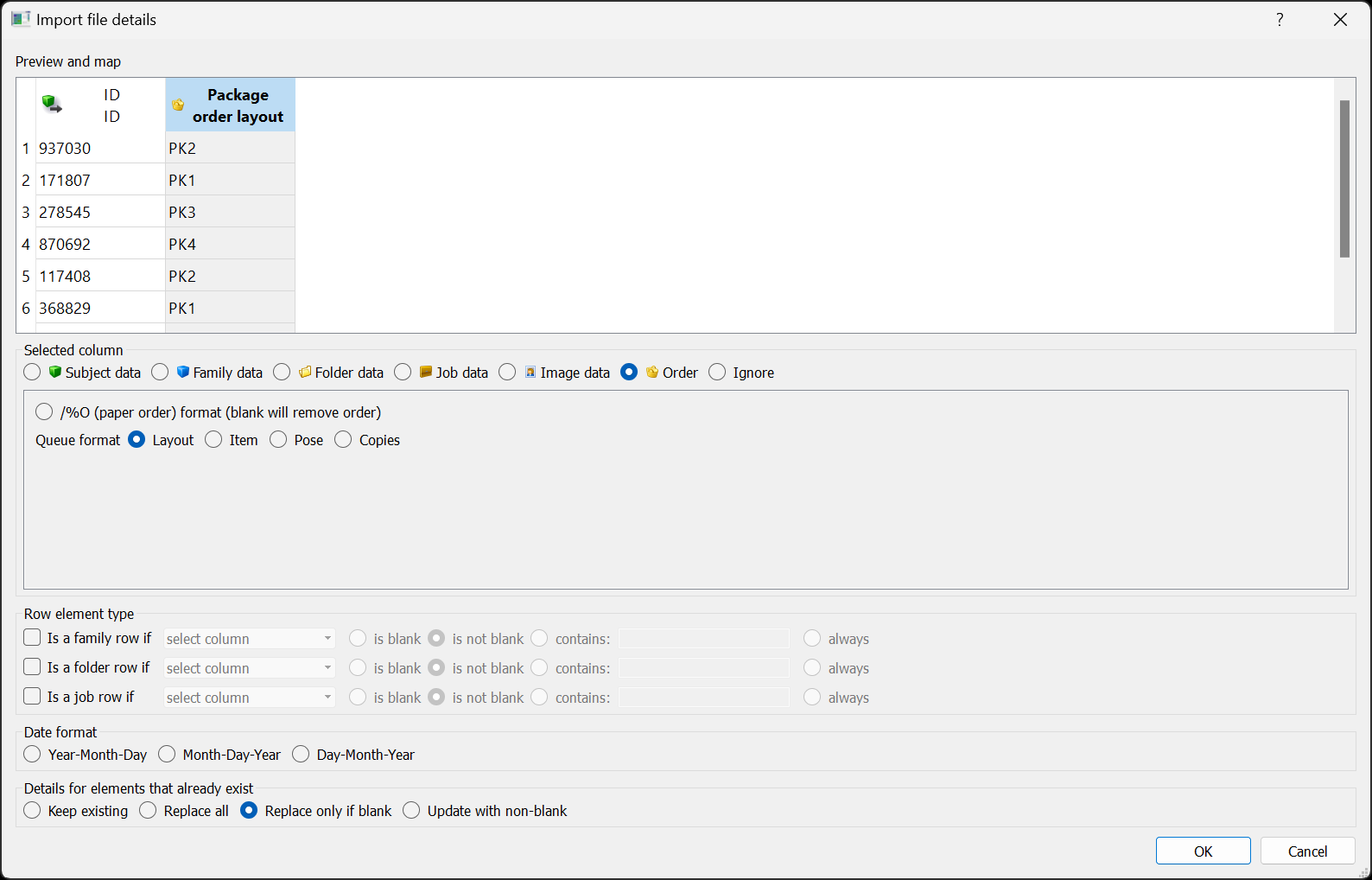
Figure 3: Mapping the Package field.
NOTE
Unlike subject data, order data is not imported into a field therefore it is not necessary to map the package column to a field.
Ordering multiple packages for the same subject
Multiple packages for the same subject can be ordered in one of two ways:
A separate row for each package
A single row for the subject with the different packages separated by a space
Both the two screen grabs below will order two packages (PK1 and PK4) for the subject with ID 171807
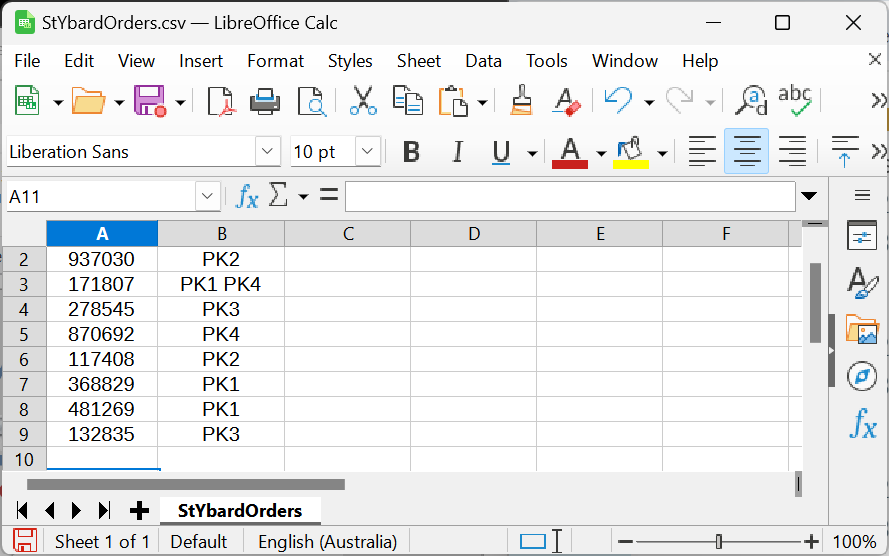 Figure 4: Multiple packages on two lines |
Figure 5: Multiple packages on one line |
Specifying the pose, item and number of copies
Optionally, for each package, the text file can specify a pose, the number of copies required and an item design.
Each of these three options should be in their own column as shown in the example below.
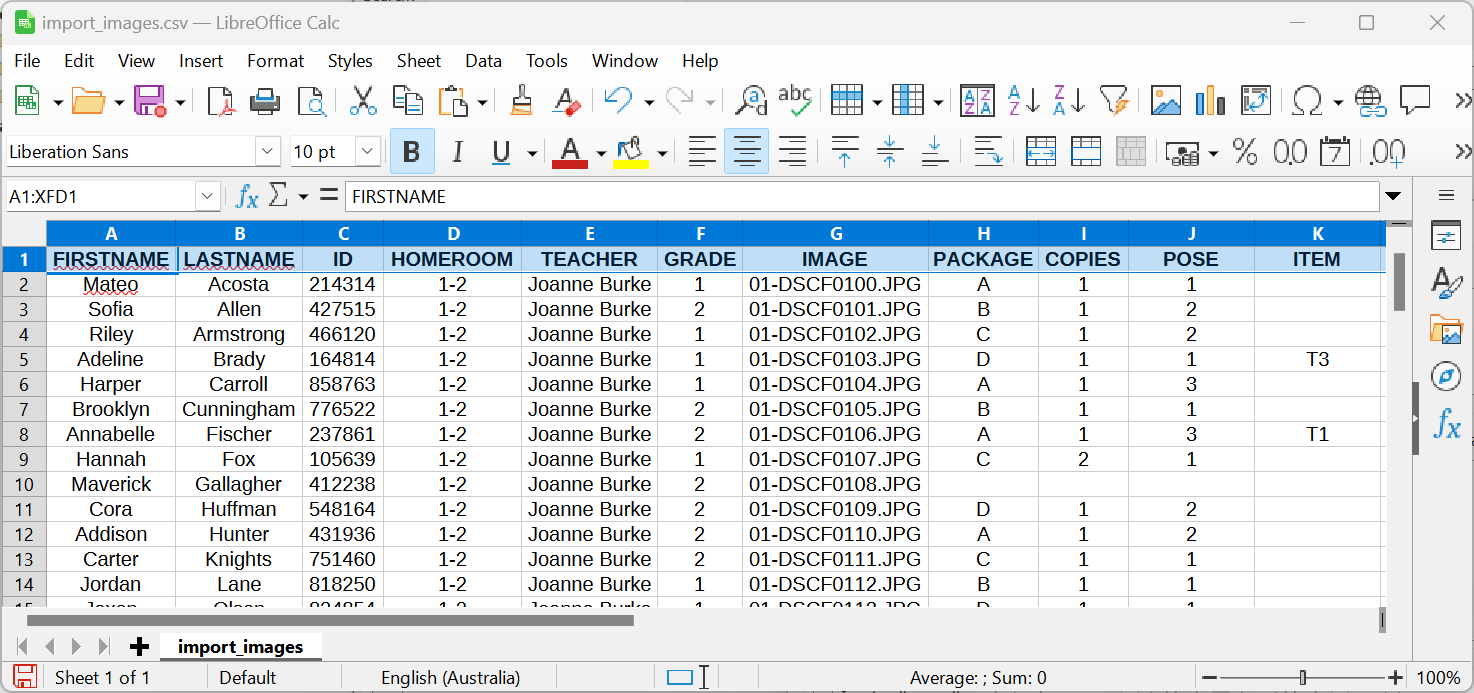
Figure 6: A csv file with pose, copies and items for each package
Each of these three parameters are optional. It should also be noted that:
The Copies field can be left blank if the number of copies required is 1.
A blank Pose field will result in the subject's main image being used with the package ordered.
The value in the Item field is the item design's key as set in File>Properties of the item design template.
Mapping the pose, copies and item columns
The three optional parameters (pose, copies and item) are mapped in the same manner as the package (layout) column. In each case the column type is 'Order'. The appropriate sub-option is then selected as shown in the screen grab below
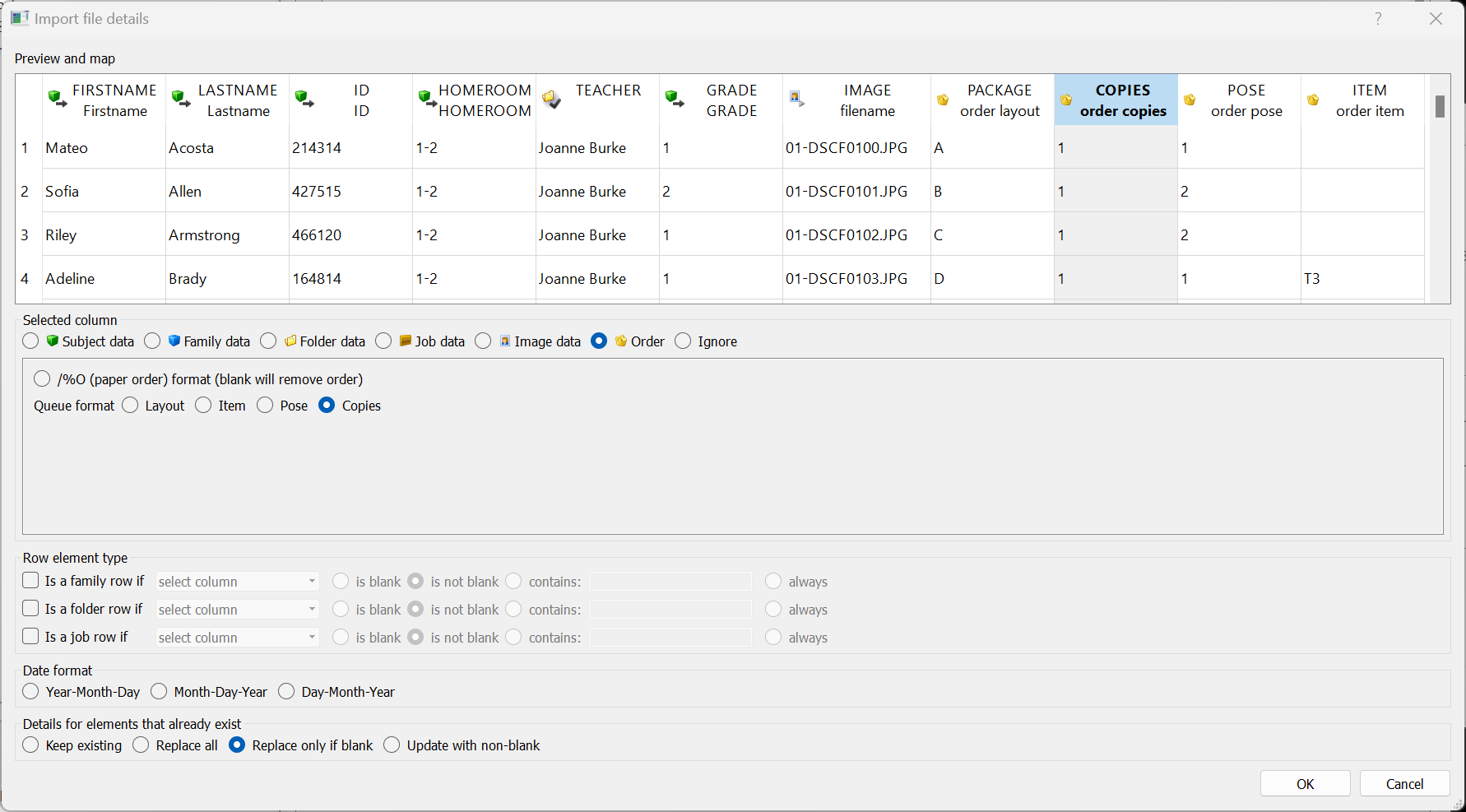
Figure 7: Mapping the copies field
Checking for a successful import
The success of the text file import can be verified in many ways.
In Details Mode, the package codes (along with the other optional parameters if applicable) will be visible in the Paper Orders column
In Orders Mode, the orders will be visible with the Paper Orders filter and in the View/change paper orders tab
If the offer has been set and templates are available, the print queue in Queue Mode will be populated with products
FAQ
What type of file is required for importing orders?
A comma-separated value (CSV) file is required for importing orders.
I have imported the text file but the print queue did not build ?
Check the offer has been set and that the job has access to the required templates.
I forgot to set the offer before importing. What do I do?
Set the offer then go to Orders Mode and re-process the orders. This will read the current offer and resolve the package code against it.
What are the minimum fields required in the CSV file?
The CSV file must contain at least two fields: the subject's unique ID and the package code being ordered.
Can multiple packages be ordered for the same subject?
Yes, multiple packages can be ordered for the same subject either by using separate rows for each package or by listing them in a single row separated by a space.
Is it necessary to map fields every time I import a CSV file?
No, field mapping only needs to be done once for a CSV file of a given structure; the software remembers the mapping for subsequent imports.
What happens if the Copies field is left blank?
If the Copies field is left blank, it will default to 1 copy being ordered.
Can the pose, item, and number of copies be specified in the CSV file?
Yes, the CSV file can optionally specify a pose, the number of copies required, and an item design, each in their own column.
Which specific applications that support order imports?
Orders can be imported into any of the Timestone applications with Details Mode.
